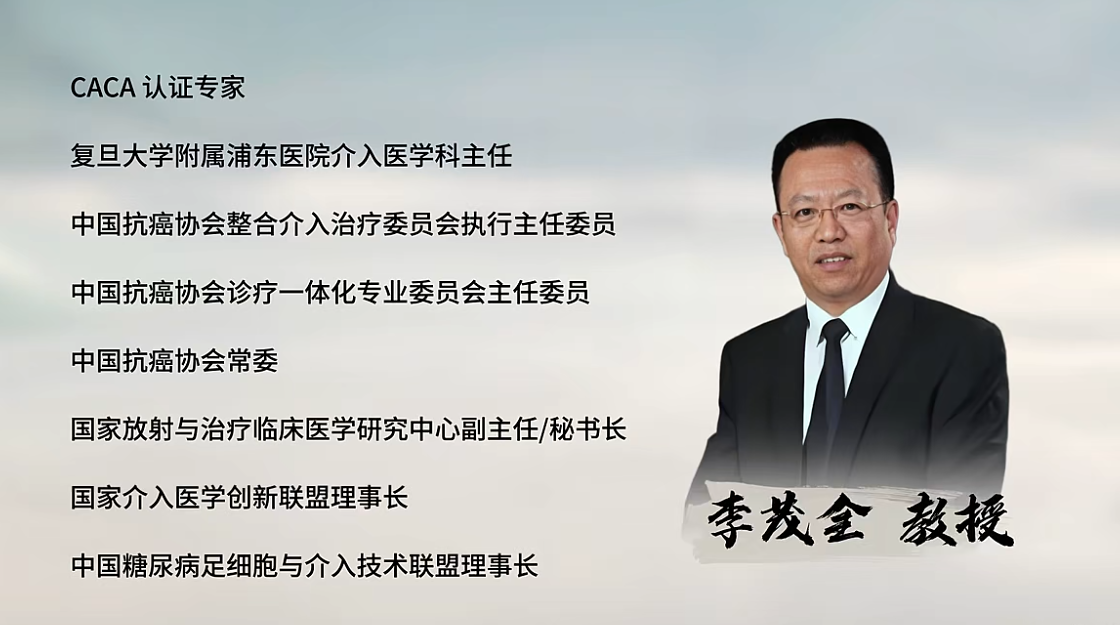适度的激素抑制疗法或足以治疗甲状腺癌患者
| 导读 | 近日,一项发表于国际杂志J Clin Endocrinol Metab上的研究论文中,来自科罗拉多大学的研究人员通过研究发现,促甲状腺激素(TSH)的适当抑制或许和极端的激素抑制疗法对患者所带来的益处一样,极端的TSH抑制往往会引发副作用的增加,比如骨质疏松症及心率不规则的发生。 |
近日,一项发表于国际杂志J Clin Endocrinol Metab上的研究论文中,来自科罗拉多大学的研究人员通过研究发现,促甲状腺激素(TSH)的适当抑制或许和极端的激素抑制疗法对患者所带来的益处一样,极端的TSH抑制往往会引发副作用的增加,比如骨质疏松症及心率不规则的发生。
研究者Bryan Haugen博士说道,在病人中,如果TSH水平升高,则患者甲状腺癌复发率就会升高,而适度的TSH抑制更易于将TSH水平控制在正常水平范围之下,而极端的TSH抑制方法或可使得患者所得到的益处减少。这是一项多中心的研究,开始与1987年,研究者收集了4941名甲状腺癌患者的数据,研究者表示,这是我们拥有的一个独特的数据资源库,此前研究因为患者人数有限,因此我们仅能在单一中心招募患者来进行研究,而如今我们将14个研究中心的数据进行结合就可以进行高质量的研究,来得到一些前瞻性的研究成果。
文章中,研究者指出,我们可以对测定每一位患者的无进展生存期及疾病复发率,另外研究者还对此前的小型研究进行了认可,此前研究发现,当患者在术后给予放射性碘治疗后可以有效改善III和IV期患者的生存率;另外本文研究还发现,极端的激素抑制治疗或并不会给高风险患者带来任何额外的益处,反而适度的激素抑制或许对于低风险患者有一定用处。
研究者表示,当给予甲状腺癌患者进行长期极端的TSH抑制疗法时,本文研究或应该让医生们停止这样做,而与我们的研究恰恰相反,此前研究显示极端抑制疗法或有助于高风险的患者,但是在很多年以后,并没有证据来揭示患者患者疾病的复发情况;按照研究者Haugen的观点,本文研究非常有必要进行预期的随机控制试验来检测并对比极端TSH抑制和适度TSH抑制疗法对高风险甲状腺患者的影响。(转化医学网360zhyx.com)
以上为转化医学网原创翻译整理,转载请注明出处和链接!
转化医学网推荐的原文摘要:
Long-Term Outcomes Following Therapy in Differentiated Thyroid Carcinoma: NTCTCS Registry Analysis 1987-2012.
J Clin Endocrinol Metab doi:10.1210/JC.2015-1346
Aubrey A Carhill, Danielle R Litofsky, Douglas S Ross, Jacqueline Jonklaas, David S Cooper, James D Brierley, Paul W Ladenson, Kenneth B Ain, Henry G Fein, Bryan R Haugen, James Magner, Monica C Skarulis, David L Steward, Mingxhao Xing, Harry R Maxon, Steven I Sherman
Context:
Initial treatments for patients with differentiated thyroid cancer (DTC) are supported primarily by single-institution, retrospective studies, with limited follow-up and low event rates. We report updated analyses of long-term outcomes following treatment in patients with DTC.
Objective:
Examine effects of initial therapies on outcomes.
Design/Setting:
Prospective multi-institutional registry.
Patients:
4,941 patients; median follow-up 6 years.
Intervention:
Total/near-total thyroidectomy (T/NTT), postoperative radioiodine (RAI), thyroid hormone suppression therapy (THST).
Main Outcome Measure:
Overall (OS), disease-free survival (DFS) using product limit and proportional hazards analyses.
Results:
Improved OS was noted in NTCTCS stage III patients who received RAI (risk ratio [RR] 0.66, p=0.04) and stage IV patientswhoreceived both T/NTT and RAI (RR 0.66, 0.70, combined p=0.049). In all stages, moderate THST (TSH maintained subnormal-normal) was associated with significantly improved OS (RR stages I-IV: 0.13, 0.09, 0.13, 0.33) and DFS (RR stages I-III: 0.52, 0.40, 0.18); no additional survival benefit was achieved with more aggressive THST (TSH maintained undetectable- subnormal). This remained true, even when distant metastatic disease was diagnosed during follow-up. Lower initial stage and moderate THST were independent predictors of improved OS during follow-up years 1-3.
Conclusions:
We confirm previous findings that T/NTT followed by RAI is associated with benefit in high-risk but not low-risk patients. In contrast with earlier reports, moderate THST is associated with better outcomes across all stages, and aggressive THST may not be warranted even in patients
 腾讯登录
腾讯登录
还没有人评论,赶快抢个沙发